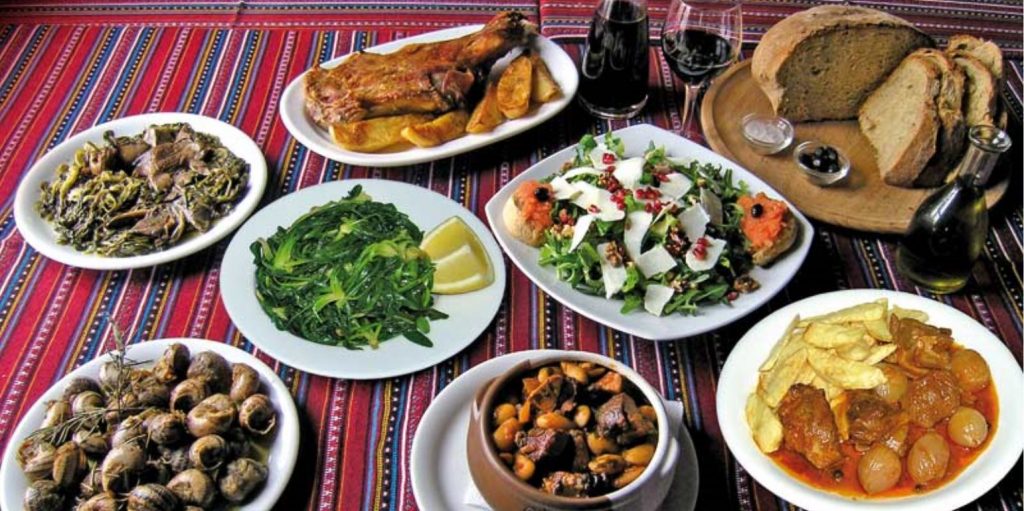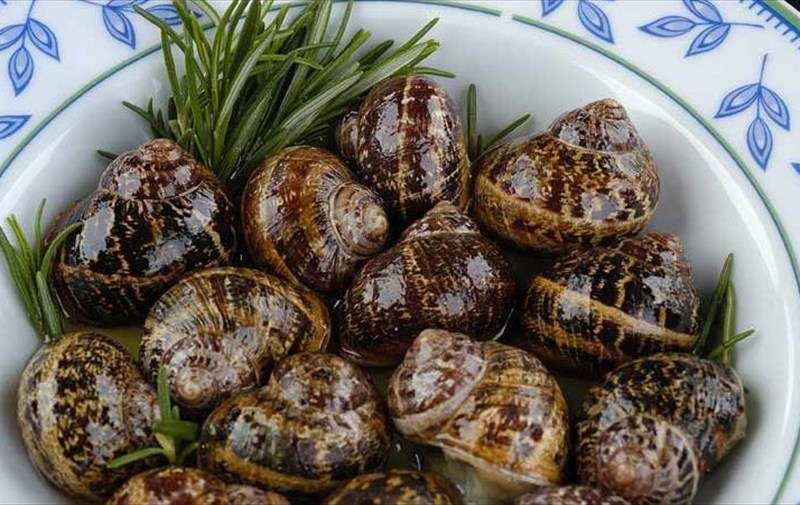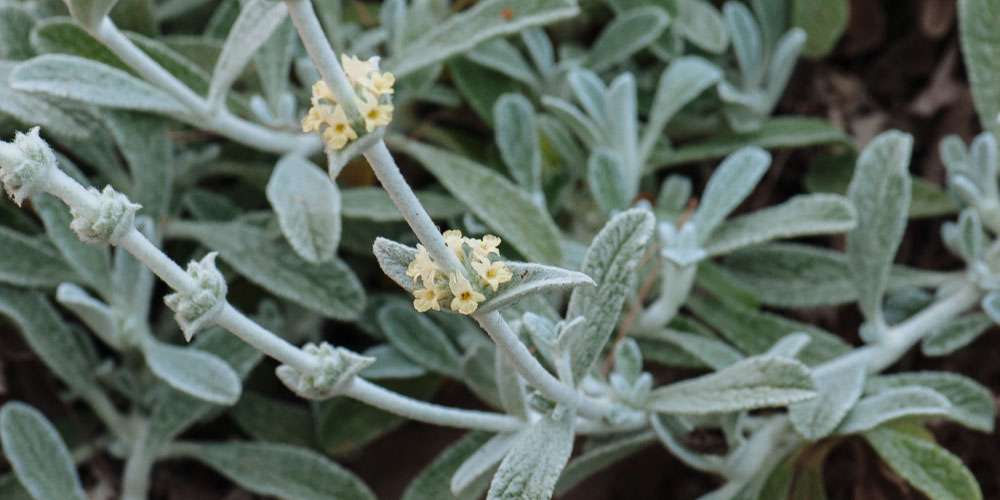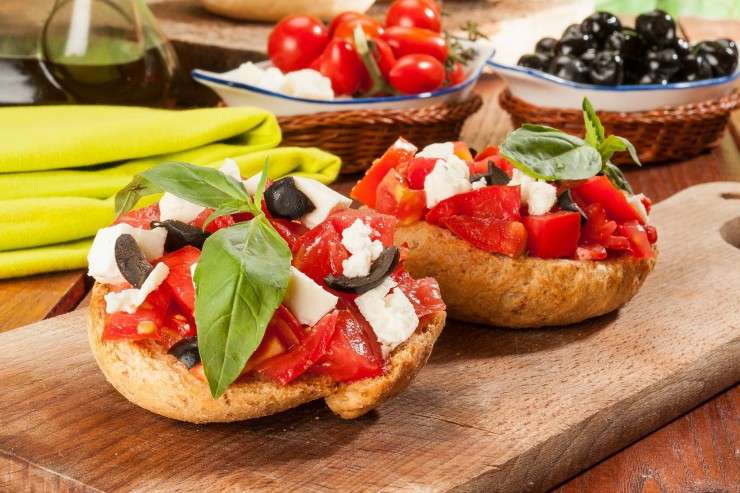The truth about the glorious Cretan gastronomy
Praised and not unjustly, since it is the healthiest model of the Mediterranean diet, with a variety of quality foods, delicious combinations and fresh fragrance. The Cretan diet has its roots in the Minoan years and has managed to remain intact, until today. Traditional recipes, with local ingredients but also creative gastronomic additions with inspired experiments characterize the Cretan cuisine.

Of course, if we want to be literal, its uniqueness is based not only on the quality and authenticity of the materials but also it is a combination of many other factors. First of all, speaking of Cretan gastronomy, we must emphasize the existence of an entire philosophy that is reflected in Cretan culture. In particular, the meal time is sacred for local people; it is not just dishes lined up on a table. It is the moment when all the members of the family gather around the kitchen to enjoy what Mother Nature has generously given them, but also to discuss, exchange views and in this way create stronger emotional bonds. No one eats alone!
Admittedly, the cordially Cretan hospitality, which is completely identical with the kissing of passers-by, is worldwide known. What is best in the housewife’s kitchen will be offered with a smile to the stranger who will welcome her in the house. Olives, freshly baked rusks, traditional pies and a little smoked apaki accompanied by a fine local raki is the established welcome.


The food, of course, could not be absent from the joys of the Cretans. Each holiday (party-festival) has its own exquisite delicacy. For example, on St. Demetrius Day, locals enjoy pork with celery, while Easter Sunday is celebrated with lamb accompanied by either stamnagathi, lettuce or artichokes; making it clear that greens are never missing from the Cretan table, not even the holidays. This is one of the secrets of the Cretan diet, which is full of medicinal herbs, weeds and more than 2,000 species of plants, 200 of which are endemic. Among the most consumed herbs are arismari, sword grass, thistle, malotira, nettle, marjoram, sage, burdock and of course the list is endless. Due to their beneficial properties, Cretan herbs, in addition to recipes or as decoctions, are also used for the preparation of medicinal products.

And somehow we begin to understand why the Cretan diet has been shown to offer longevity and contribute to maintaining good health. Specifically, according to scientific study (1960-1986), Cretans reach one of the highest life expectancy in the world (90 years) thanks to the food they consume. At the same time, they have lower rates of heart disease and some kinds of cancer, compared to other countries studied.
But what are these foods anyway? The scepters, of course, hold the olive oil. Pure, virgin with full flavor and deep green color is considered an elixir of life and the locals know it well by adding plenty of it to their recipes. Wheat, yogurt, lentils, carob, sweet-smelling bread and crispy rusks, nuts and many herbs compose the Cretan food pyramid. Of course, fresh fruits and vegetables are at its base, and in fact Cretans rarely consume them out of season. Exceptions are made only for dried fruit or spoon dessert. And since we have been sweetened by the description, it is worth mentioning that the Cretans do not particularly like sugar. That’s why they choose to sprinkle their sweets with honey; of local production of course. Typical examples are the Sfakian pie, the pancakes, and the xerotigana.

Among the dozens of dialect dishes that you will find in Crete, you should definitely try the “wedding pilaf”. This is a traditional risotto in water, in which goat meat was boiled for hours; adding a spoonful of local butter. Just amazing! Dynamically in the list of must-try dishes, enter the snails the “burboristoi”, as they are called. They are, in essence, snails that are fried with arismari, and are the ideal meze for raki. Although islanders, Cretans honor meat in their diet as mountaineers with different types of meat and variations of roasting or side dishes; the most famous dish is the “antikristo”, lamb cooked face to face for hours. And of course, the salad can never be missing of the dining table. Without a second thought, the Cretan “dakos” from double-baked rusks with grated fresh tomatoes, local cheese, called “mizithra”, and virgin olive oil will excite you with its authentic taste and simplicity. And this simplicity, to note that, is another of the secrets of Cretan recipes!
All in all, the diet of the Cretans is rich, relying on the blessed and fertile Mediterranean soil that bears good fruits, making the island self-sufficient in its own production. Mediterranean climate, special geomorphology of the soil and sunshine almost all year round are elements that are found only in Leventogenna. So, if you ever get the way to Crete, please, taste to the fullest all the local delicacies while enjoying the Cretan hospitality and the warmth of the locals. It’ll be a unique gastronomic experience!
